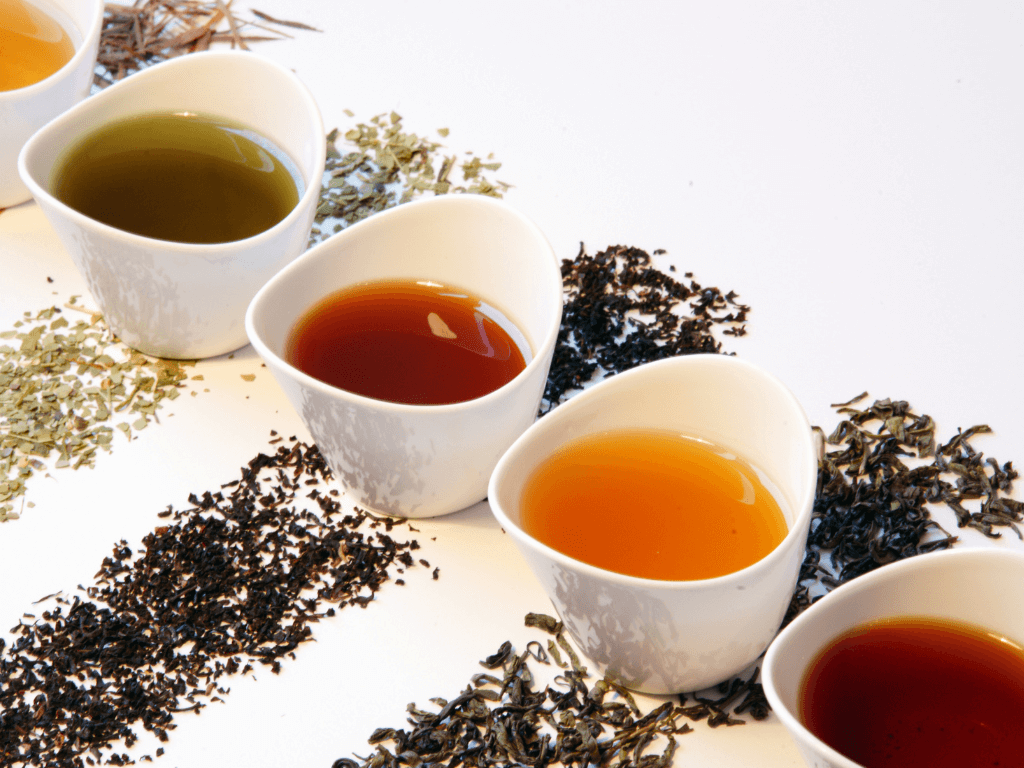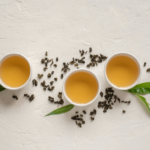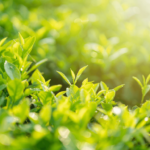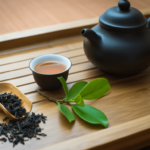Types of Japanese Tea: Matcha, Sencha, and More Explained

Types of Japanese Tea: Flavors, Traditions, and Wellness Benefits
- Types of Japanese Tea: Flavors, Traditions, and Wellness Benefits
- Popular Types of Japanese Tea
- Matcha: A Ceremonial Experience
- Sencha: Japan’s Everyday Green Tea
- Other Japanese Tea Varieties to Explore
- Why Green Tea Is So Popular in Japan
- Japanese Tea as a Daily Ritual
- Wellness and Tea: A Natural Pair
- Final Thoughts
Japan is world-renowned for its tea culture, offering a diverse range of teas that are both flavorful and deeply rooted in tradition. From the earthy richness of matcha to the roasted notes of hojicha, Japanese teas bring something unique to every cup. In this guide, you'll discover the most popular types of Japanese tea, how they differ, and why they’ve become a staple in everyday life across Japan.
Popular Types of Japanese Tea
Japanese tea comes in many varieties, most of which are based on green tea leaves from the Camellia sinensis plant. These include:
Sencha – A widely consumed green tea with a bold, slightly bitter taste.
Hojicha – Roasted green tea with a nutty and earthy flavor.
Genmaicha – A blend of green tea and roasted brown rice, offering a toasty and mild flavor.
Matcha – Powdered green tea made from shade-grown leaves, traditionally used in Japanese tea ceremonies.
Other teas enjoyed in Japan include:
Sobacha – Made from roasted buckwheat, naturally caffeine-free, and often served chilled.
Mugicha – A roasted barley tea popular in summer, also caffeine-free.
Gobocha – A tea made from burdock root with an earthy, slightly sweet flavor.
Kombucha (Japanese-style) – A kelp-based savory tea, different from the fermented kombucha known in the West.
Each type of tea has its own brewing method and cultural significance, making Japanese tea exploration both flavorful and educational.
Matcha: A Ceremonial Experience
Matcha is one of the most celebrated Japanese teas. Unlike other teas, it is made by grinding whole tea leaves into a fine powder and whisking it into hot water. The result is a rich, velvety beverage known for its vibrant green color and umami flavor.
Matcha plays a central role in traditional Japanese tea ceremonies, reflecting mindfulness and respect. It’s often appreciated not just for its taste but also for the calming ritual that accompanies its preparation.
Many people around the world now enjoy matcha in:
Lattes and smoothies
Desserts and baked goods
Simple daily routines for a peaceful break
Sencha: Japan’s Everyday Green Tea
Sencha is the most common green tea in Japan and is enjoyed daily by millions. It is produced by steaming, rolling, and drying tea leaves to lock in their flavor and nutrients. The result is a bold, grassy, and slightly astringent tea.
Sencha varieties include:
Asamushi Sencha – Lightly steamed, producing a delicate flavor.
Fukamushi Sencha – Deeply steamed, offering a fuller, more intense taste.
Sencha is enjoyed hot or cold and pairs well with meals or light snacks.
Other Japanese Tea Varieties to Explore
Japan offers a tea for every palate and season. Some lesser-known but equally delicious teas include:
Hojicha – Roasted at high temperatures, creating a warm, caramel-like aroma.
Genmaicha – A comforting blend of green tea and roasted rice, popular as a soothing drink.
Sobacha – Light and nutty, made from roasted buckwheat.
Mugicha – Naturally caffeine-free, this roasted barley tea is often enjoyed iced in summer.
Gobocha – Made from burdock root, valued for its earthy taste.
Japanese-style Kombucha – A savory tea made from dried kelp (not to be confused with fermented kombucha).
Exploring these varieties can deepen your appreciation of Japan’s long-standing tea tradition.
Why Green Tea Is So Popular in Japan
Tea has been a cultural staple in Japan for centuries. Green tea, in particular, holds a special place in daily life. Whether served at home, in restaurants, or at formal events, green tea represents hospitality, simplicity, and well-being.
The diversity of green tea varieties makes it easy for anyone to find one that suits their taste—whether you prefer bold and grassy flavors or smooth and nutty infusions.
Japanese Tea as a Daily Ritual
In Japan, tea is more than a beverage—it’s a daily ritual. Served with meals, offered to guests, or enjoyed in quiet moments, tea is a symbol of connection and respect.
Ways Japanese tea is commonly consumed:
Hot in winter and cold in summer
Plain (without sugar or milk)
In small ceramic or porcelain cups
At home, in restaurants, and during ceremonies
Some people even use green tea in cooking or baking, adding its distinctive flavor to noodles, desserts, and marinades.
Wellness and Tea: A Natural Pair
Many Japanese teas are appreciated not just for their taste but also for their potential wellness benefits. While not a replacement for medical treatment, tea can be a valuable part of a balanced lifestyle.
Commonly appreciated benefits include:
Natural source of antioxidants
Gentle caffeine boost for alertness
Soothing warm drink to help unwind
Hydration without added sugar or calories
These qualities make tea a smart and enjoyable addition to a mindful daily routine.
Final Thoughts
Japanese tea culture is rich, flavorful, and deeply rooted in tradition. From matcha to sencha, and from hojicha to sobacha, there’s a world of taste to explore. Whether you’re a tea connoisseur or just starting your journey, trying different types of Japanese tea can bring both enjoyment and a deeper appreciation for one of the world’s most celebrated tea traditions.
So, why not try a new variety of Japanese tea today and discover a taste that speaks to you?
Disclaimer: This content is for informational purposes only and does not provide medical advice.
Leave a Reply




Related Posts